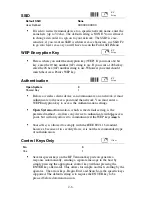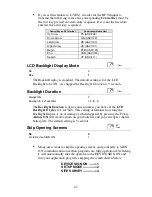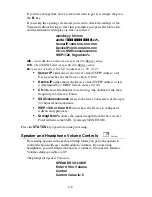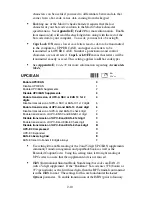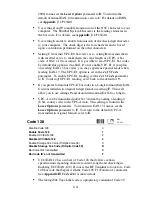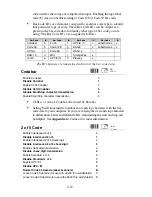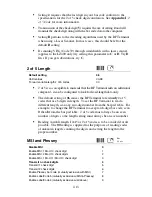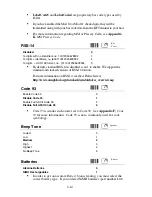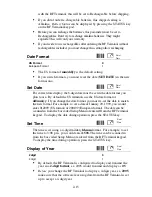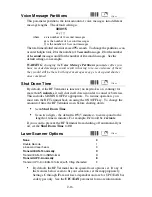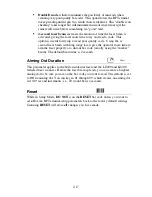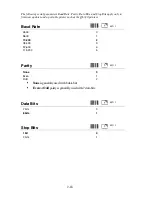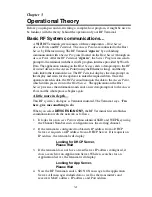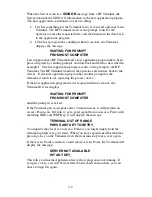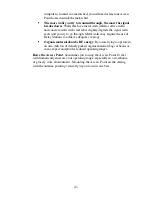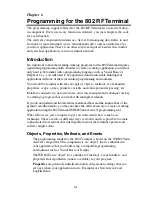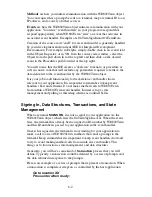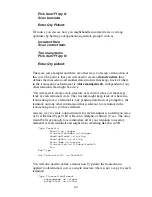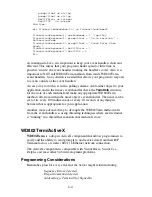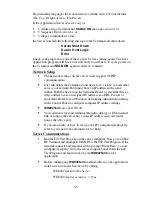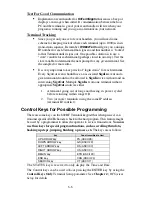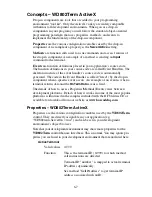
3-2
When the Server receives a
SIGN ON
message from a RF Terminal, the
Server transmits the SIGN ON information to the host application program.
The host application can then do one of two things:
1. If it has something for the Terminal to do, it can send a prompt to the
Terminal. The RF Terminal receives the prompt, waits for the
operator to enter the requested data, and then transmits the data back
to the application program.
2. If the host program does nothing within 2 seconds, the Terminal
displays the message:
WAITING FOR PROMPT
FROM HOST COMPUTER
Lets suppose that a RF Terminal and a host application program have been
processing data by sending prompts and data back and forth as described in
example 1. The host application program sends a data prompt to the RF
Terminal. The RF Terminal transmits the operator-entered data back to the
Server. If the host application program has another prompt for the
terminal, it sends it out, repeating the process above.
If the host application program doesn't respond within 2 seconds, the
Terminal Device displays
WAITING FOR PROMPT
FROM HOST COMPUTER
until the prompt is received.
If the Terminal gets no response after 3 transmissions, it will perform an
Access Point scan. If it fails to get a good signal from an Access Point with
matching SSID and WEP Key, it will display the message:
TERMINAL OUT OF RANGE
PRESS ANY KEY TO RETRY_
You might walk closer to an Access Point or you might simply hold the
terminal up high over your head. When you have repositioned the terminal,
pressing a key on the Terminal starts the transmission process over again.
If the Access Point scan finds a satisfactory Access Point, the Terminal will
display the message:
SERVER NOT AVAILABLE
HIT ANY KEY_
This tells you that the Application Server host program is not running. If
you press a key, you will be transferred to the mode menu where you can
chose to Sign On again.

